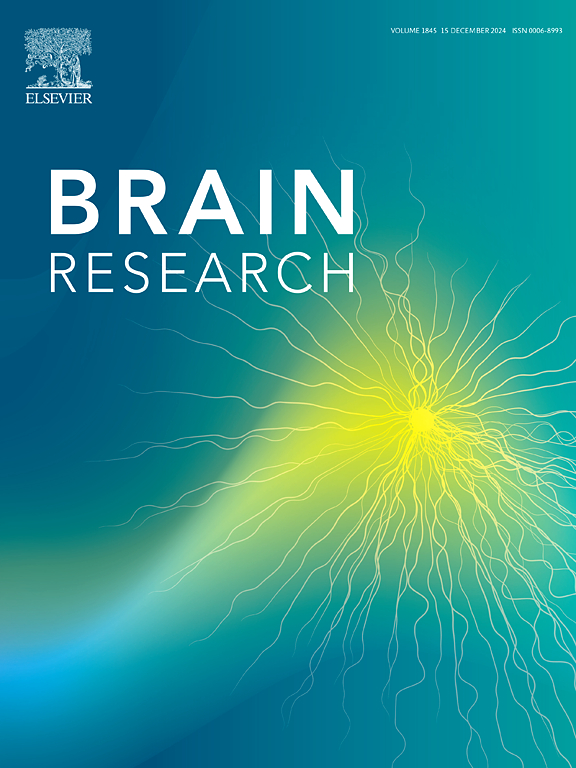表型可塑性:历史背景、理论与DOHaD
IF 2.7
4区 医学
Q3 NEUROSCIENCES
引用次数: 0
摘要
健康和疾病的发展起源(DOHaD)概念已经成为一个跨学科框架,探索生命早期事件如何影响长期健康和疾病风险。DOHaD根植于Barker和Hales提出的节俭表型假说,建立在几个世纪的哲学和科学思想之上。DOHaD的核心是表型可塑性的概念,它解释了生物体如何适应环境刺激,特别是在关键的发育时期。在此背景下,本文旨在分析表型可塑性的历史演变、理论基础及其在健康和疾病中的作用。在回顾了范围方面的文献之后,我们总结了进化生物学、遗传学和表观遗传学的主要贡献,从拉马克、达尔文、孟德尔和沃丁顿的理论到DOHaD的当代观点。认识到生命早期的事件可能导致适应,这可能有短期好处,但可能增加成年后患病的可能性,突出了有针对性的预防干预的重要性。此外,个体对环境刺激的反应差异增加了适应机制的复杂性。因此,了解表型可塑性、早期生活暴露和疾病风险之间的复杂关系对于制定预防性干预措施和公共卫生策略至关重要。挑战仍然是将这些发现转化为有效的医疗保健政策和临床应用,确保几代人的生活质量和疾病预防得到改善。本文章由计算机程序翻译,如有差异,请以英文原文为准。

Phenotypic plasticity: historical context, theories and DOHaD
The Developmental Origins of Health and Disease (DOHaD) concept has emerged as an interdisciplinary framework that explores how early-life events shape long-term health and disease risk. Rooted in the Thrifty Phenotype hypothesis proposed by Barker and Hales, DOHaD builds upon centuries of philosophical and scientific thought. Central to DOHaD is the concept of phenotypic plasticity, which explains how organisms adapt their biological characteristics in response to environmental stimuli, particularly during critical developmental periods. In this context, this review aims to analyze the historical evolution of phenotypic plasticity, its theoretical foundations, and its role in health and disease. After reviewing the literature on scope, we summarize key contributions from evolutionary biology, genetics, and epigenetics, examining theories from Lamarck, Darwin, Mendel, and Waddington to contemporary perspectives in DOHaD. Understanding that early-life events can lead to adaptations which may have short-term benefits but potentially increase the likelihood of diseases in adulthood highlights the importance of targeted preventive interventions. Additionally, individual variations in response to environmental stimuli reinforce the complexity of adaptive mechanisms. Thus, understanding the intricate relationship between phenotypic plasticity, early-life exposures, and disease risk is essential for developing preventive interventions and public health strategies. The challenge remains in translating these findings into effective healthcare policies and clinical applications, ensuring improved quality of life and disease prevention across generations.
求助全文
通过发布文献求助,成功后即可免费获取论文全文。
去求助
来源期刊

Brain Research
医学-神经科学
CiteScore
5.90
自引率
3.40%
发文量
268
审稿时长
47 days
期刊介绍:
An international multidisciplinary journal devoted to fundamental research in the brain sciences.
Brain Research publishes papers reporting interdisciplinary investigations of nervous system structure and function that are of general interest to the international community of neuroscientists. As is evident from the journals name, its scope is broad, ranging from cellular and molecular studies through systems neuroscience, cognition and disease. Invited reviews are also published; suggestions for and inquiries about potential reviews are welcomed.
With the appearance of the final issue of the 2011 subscription, Vol. 67/1-2 (24 June 2011), Brain Research Reviews has ceased publication as a distinct journal separate from Brain Research. Review articles accepted for Brain Research are now published in that journal.
 求助内容:
求助内容: 应助结果提醒方式:
应助结果提醒方式:


